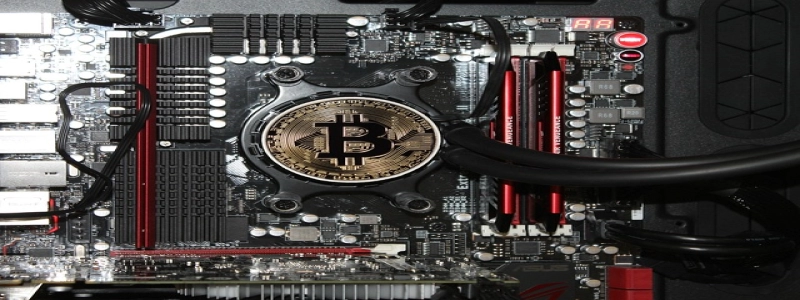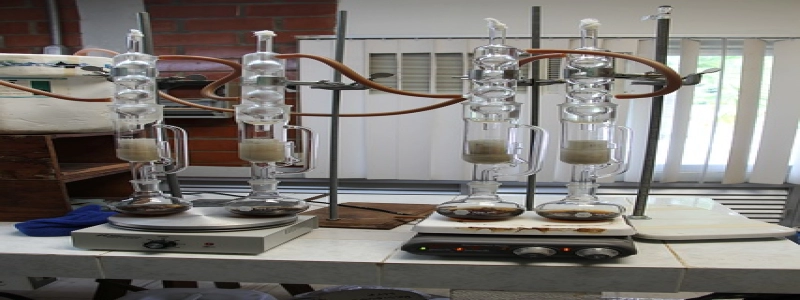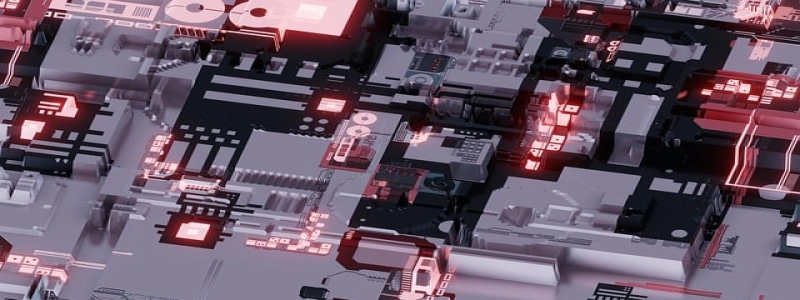Ethernet Cable Assembly
Introduction:
In this article, we will discuss ethernet cable assembly, its importance, and the detailed process involved in creating a reliable and efficient ethernet cable assembly.
I. Importance of Ethernet Cable Assembly:
Ethernet cable assemblies play a crucial role in establishing a reliable and high-speed network connection. They are used in various applications, including local area networks (LANs), data centers, and telecommunications. These cable assemblies are responsible for transmitting data and ensuring seamless communication between devices.
II. Types of Ethernet Cable Assemblies:
There are several types of ethernet cable assemblies available, each designed for different purposes:
1. Cat 5e: This is a common and widely used ethernet cable assembly. It supports data transmission speeds of up to 1 Gbps and is suitable for most residential and small business applications.
2. Cat 6: This ethernet cable assembly offers higher data transmission speeds of up to 10 Gbps, making it ideal for larger networks and applications that require a faster connection.
3. Cat 6a: This is an augmented version of Cat 6 and can support data transmission speeds of up to 10 Gbps over longer distances. It is commonly used in data centers and enterprise-level networks.
III. Steps in Ethernet Cable Assembly:
Creating a reliable ethernet cable assembly involves the following steps:
1. Gather the necessary materials: To create an ethernet cable assembly, you will need ethernet cable, RJ45 connectors, a cable cutter/stripper, and a crimping tool.
2. Measure and cut the cable: Using a cable cutter, measure the desired length of the ethernet cable and cut it accordingly. Ensure that there is some extra length for any potential adjustments.
3. Strip the cable: With a cable stripper, remove approximately 1.5 inches of the outer insulation from both ends of the cable. Be cautious not to damage the inner wires.
4. Untwist and arrange the wires: After stripping the outer insulation, untwist the four pairs of wires and arrange them according to the ethernet wiring standard you are following (T568A or T568B).
5. Trim the wires: Once the wires are arranged, trim the excess length, ensuring that each wire is properly aligned and of equal length.
6. Insert the wires into the RJ45 connector: Carefully insert the trimmed wires into the correct slots of the RJ45 connector, ensuring that the wires reach the end of the connector.
7. Crimp the connector: Using a crimping tool, hold the connector firmly and apply pressure to crimp the connector onto the cable. This will secure the wires in place.
8. Repeat the process for the other end: Follow the same steps to create the ethernet cable assembly on the other end.
IV. Testing the Ethernet Cable Assembly:
To ensure the ethernet cable assembly functions properly, it is essential to test it using an ethernet cable tester. This will verify that all wires are properly connected, and there are no connectivity or performance issues.
Conclusion:
Ethernet cable assembly is a crucial process in establishing reliable and efficient network connections. By following the steps outlined in this article, you can create high-quality ethernet cable assemblies that meet your specific requirements. Remember to test the cable assembly to ensure optimal performance.








